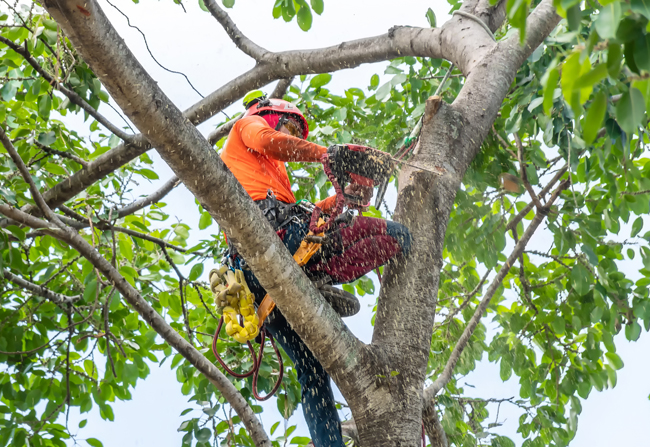Widespread Arborist Fallacies Dispelled by Professional Tree Professionals
Trees are an integral part of our environment, providing canopy, aesthetic appeal, and important environmental benefits. Yet, despite their importance, many fallacies about trees and their care persist. From do-it-yourself tree pruning to the notion that all tree services are identical, these misunderstandings can lead to poor choices that jeopardize tree health and security. That’s where certified arborists come in. These trained experts possess the expertise and capabilities to accurately evaluate tree health, diagnose issues, and provide sustainable care.
In this article, we will bust some of the most common tree myths, drawing insights from expert arborists. By understanding why hiring a certified arborist is important and educating ourselves about the science behind tree care, you will be more prepared to make educated decisions about your trees. Whether it's understanding when to prune, how to identify tree hazards, or understanding the difference between arborists and landscapers, we will explore essential topics that every tree lover should know. Come with us as we explore the fascinating world of arboriculture and uncover the truth behind tree care practices.
Why Engage a Licensed Tree Expert?
Hiring a licensed arborist is crucial for maintaining the vitality and security of your trees. These professionals carry extensive training in tree biology, health, and care techniques. They are prepared to analyze the state of your trees accurately and provide advice tailored to your specific landscape needs. By delegating your tree care to a certified arborist, you can be assured that they will use best practices anchored in science and experience.
Arborists are qualified to detect signs of tree illnesses and conceivable hazards that may not be apparent to the inexperienced eye. They can diagnose issues early, assisting to stop the spread of diseases and the possibility of tree failure, which poses a threat to your property and those nearby. Moreover, licensed arborists stay current with the modern techniques and industry guidelines, ensuring that your trees receive the optimal possible care.
Moreover, engaging a certified arborist can boost the overall scenic and ecological integrity of your landscape. They can provide careful tree planting, pruning, and maintenance recommendations that boost not only the development and appearance of your trees but also the overall quality of your property. With their expertise, you can maintain a thriving environment that benefits the community and encourages sustainable tree management practices.
Indicators When to Call an Arborist
Recognizing when to call an arborist can be crucial for maintaining the health of your trees and the safety of your property. One obvious sign is the presence of dead branches. If you see that a considerable number of branches are devoid of leaves, have cracked bark, or show signs of decay, it’s time to seek professional assistance. An arborist can assess the condition of the tree and determine whether the damaged branches can be pruned or if the tree needs further evaluation.
Another indicator that you may need to contact an arborist is the appearance of odd growth patterns or pests. If your trees show excessive leaning, swelling at the base, or signs of insect infestations such as holes or webbing, an arborist can identify these issues properly. They have the knowledge to identify which pests are harmful and suggest the best treatment options to protect your trees and surrounding plants.
Finally, if your trees are encroaching on power lines or structures, it's crucial to contact an arborist. Proper tree clearance is vital not only for the health of the tree but also for safety reasons. more info are trained to handle challenging tree work around utilities and structures safely, ensuring that both the trees and nearby property remain unharmed.
Tree Care Guidelines
To maintain the well-being and vigor of trees, regular checks by a certified arborist are crucial. These professionals can spot signs of illness, pest infestations, or construction issues that may pose hazards to the tree or surrounding environment. Participating in routine check-ups allows for early action, which can prolong the duration of the tree and stop incidents from fallen branches or displaced flora.
Trimming is another essential aspect of tree care that should be executed strategically and intentionally. Arborists recognize that the timing and method and technique of cutting influence a tree's growth and health. They suggest trimming during specific seasons to lessen stress on the tree and boost its inherent shape. Proper cutting techniques can also assist enhance oxygen movement and light access, that are crucial for a tree's overall well-being.
Mulching is an effective practice that arborists advocate for keeping vigorous trees through moisture retention and vegetation suppression. Applying a layer of mulch around the base of a tree can manage soil temperature and boost nutrient intake. Arborists recommend using biodegradable materials for mulching, as they decay over time and improve the soil. By following these best practices, tree owners can ensure their trees thrive and add advantageously to their environment.
